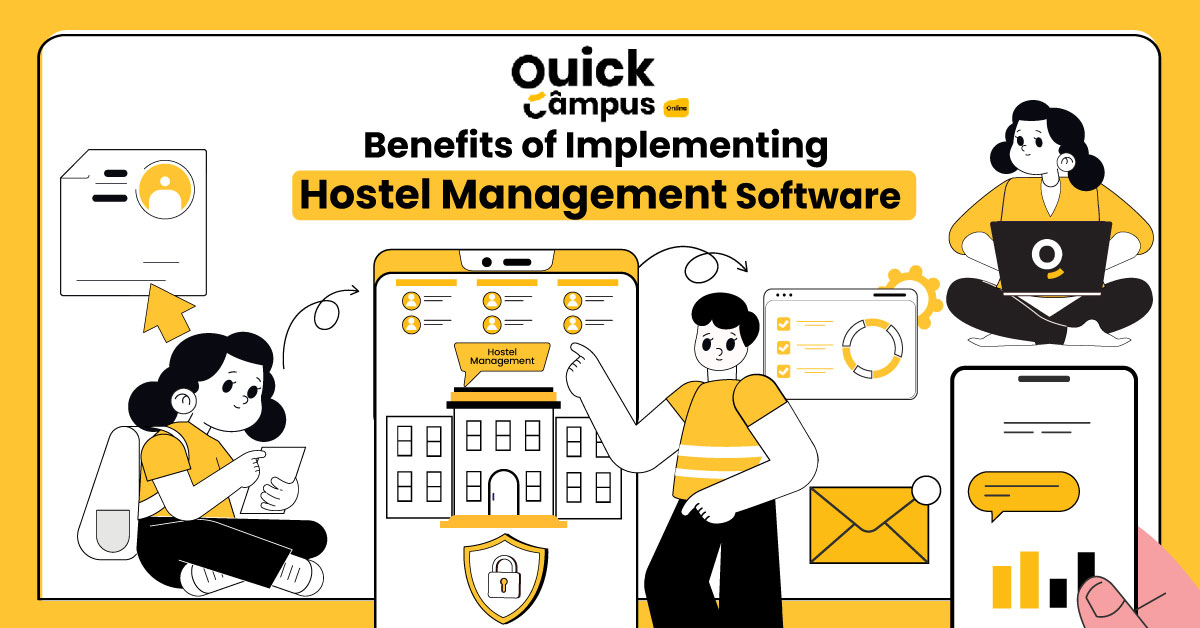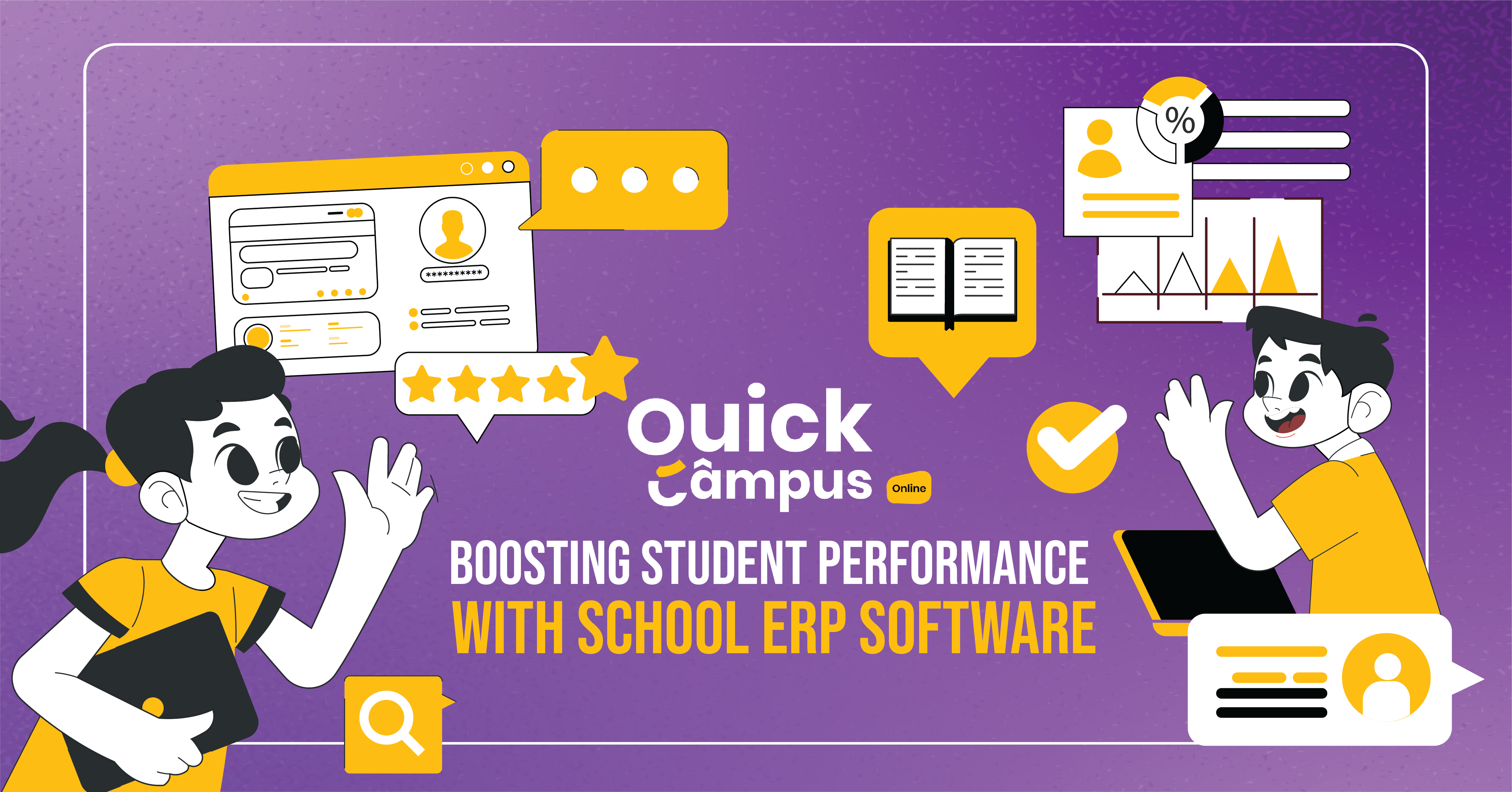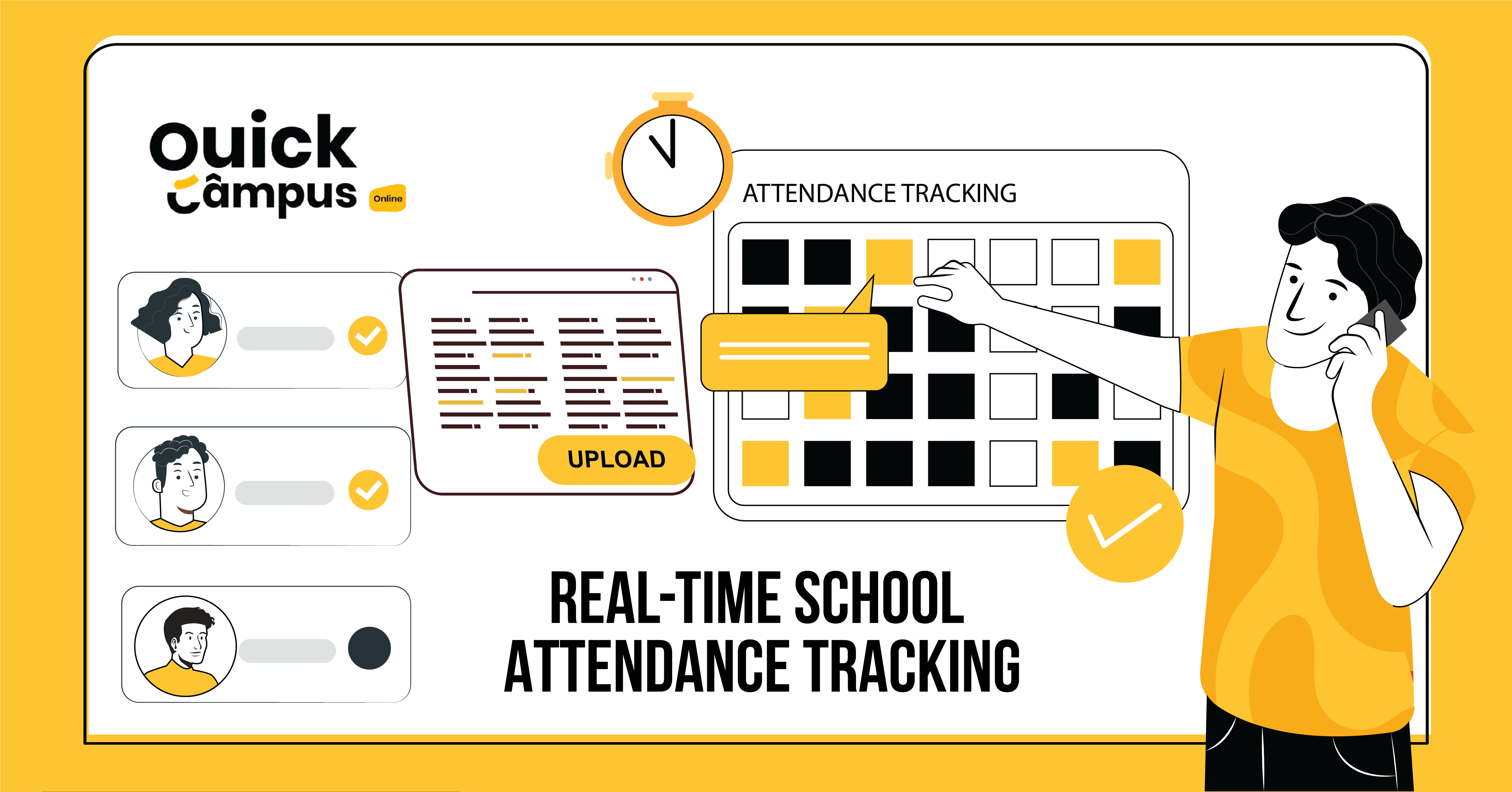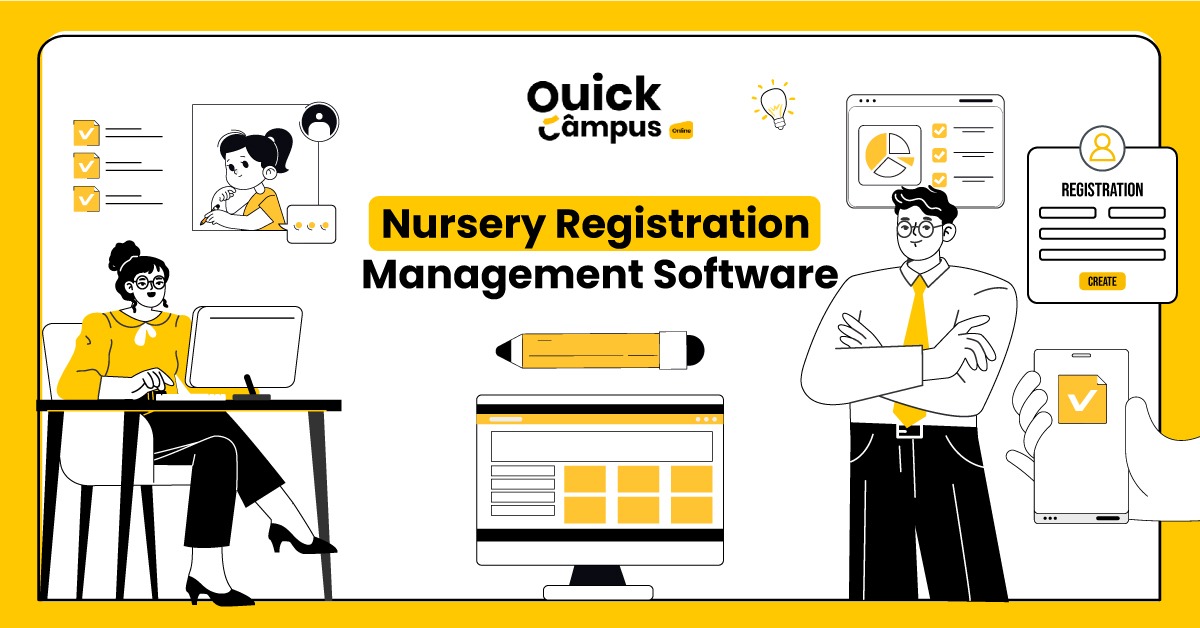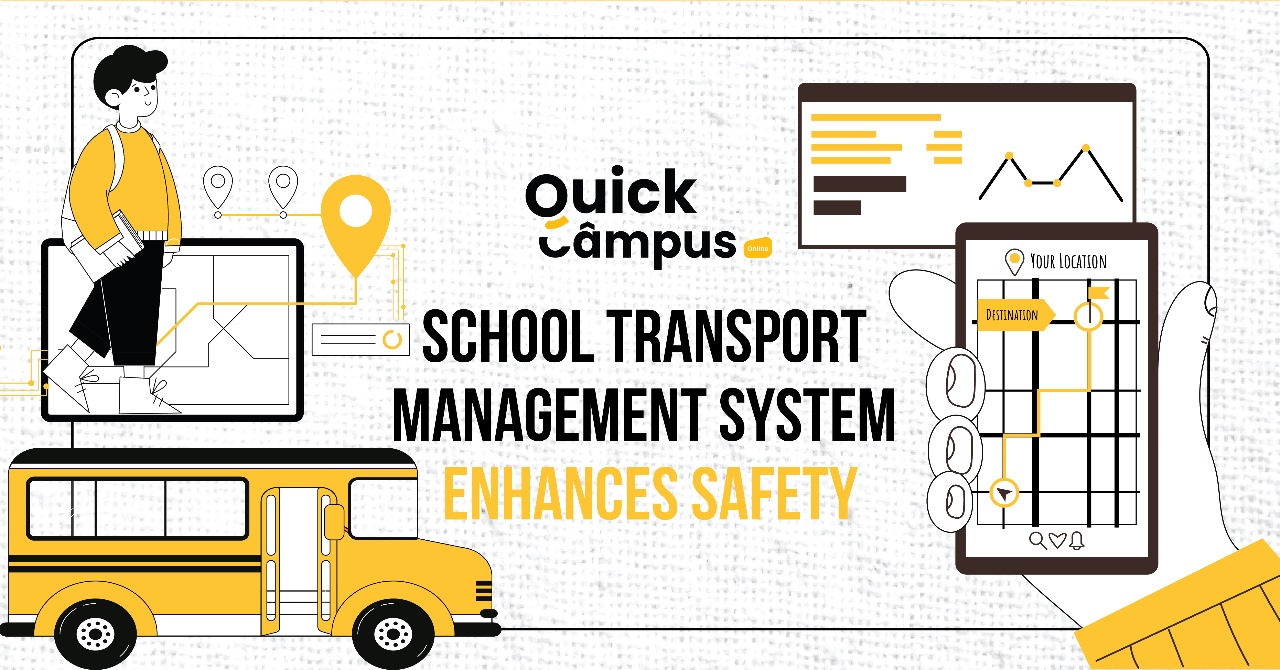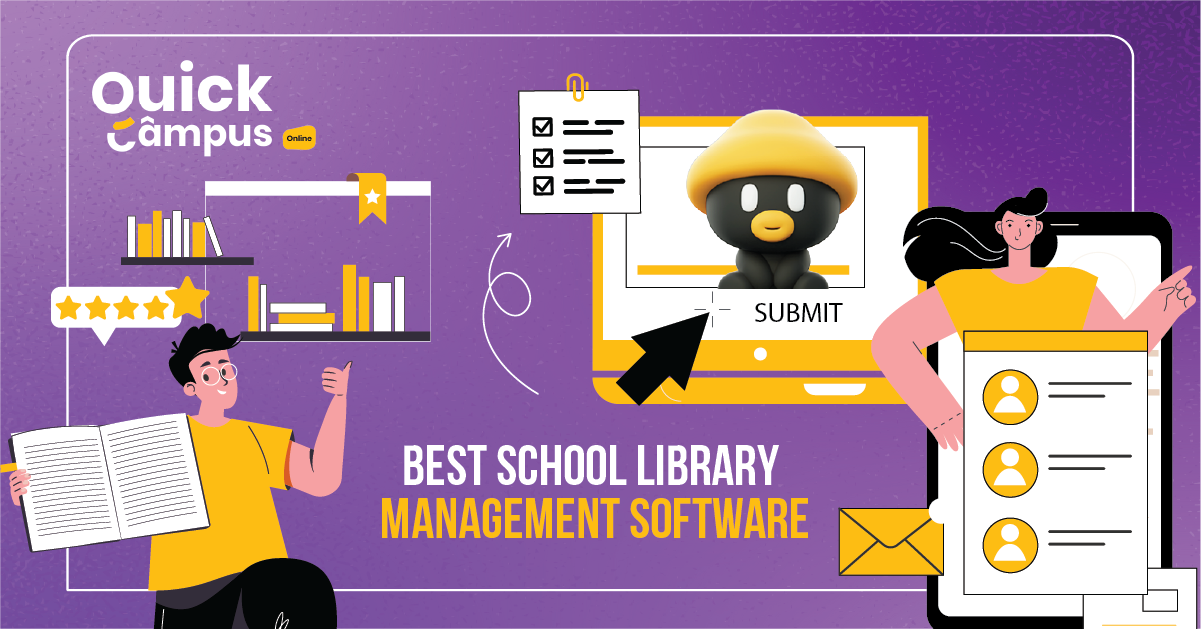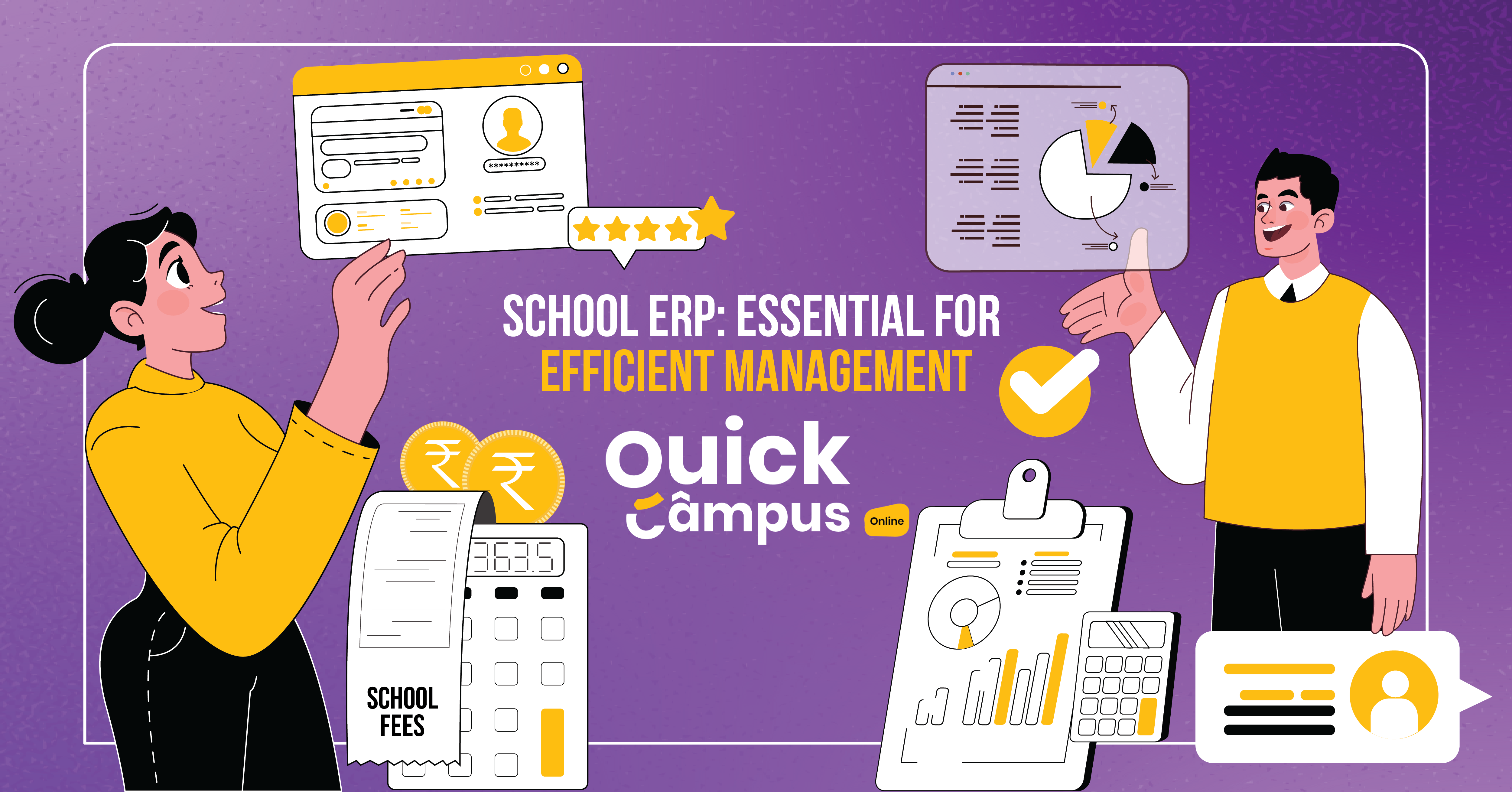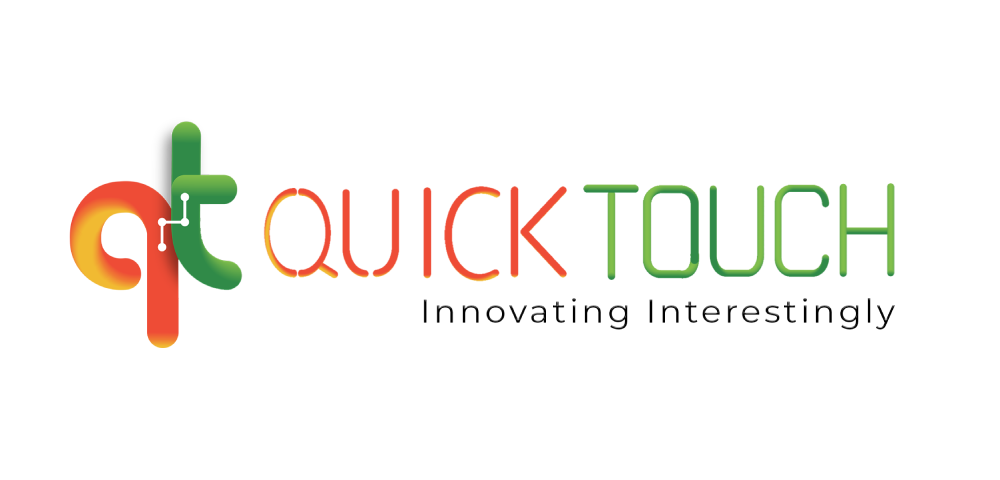Gamification In Education – Meaning, Examples, Benefits
Most of us know who Socrates is. Don’t we? Legend has it that he didn’t just lecture his students; he made them conduct thought-provoking discussions and challenged them to think critically. Fast forward to today, and we’re still trying to make learning engaging and Fun. What’s more exciting?
Games have entered the arena, and it’s called gamification in education! That’s not fictional. It’s a concept that will change how students learn; they will have more adventure when learning concepts. That’s not it. They will face challenges and even get rewards!
What Is Gamification In Learning?
In a way, gamification in education is like adding a dash of high-end technology to traditional learning methods to make them more engaging. It’s all about creating a space that’s unforgettable and engaging. So, whatever students learn stays with them for much longer. This learning practice helps educators ditch the old ways of conducting classes where textbooks and lectures reign. Instead, students learn and solve puzzles with the help of their favorite video game, AR education, virtual reality, etc.
Imagine learning math through a treasure hunt, where students unravel hidden equations or master history by traveling back in time! With gamification, educators get many options to make education thrilling and fun. But, there is one thing that makes education through gamification so special. This article discusses the beneficial aspects of this modern-era learning methodology.
Top 10 Gamification In Education Examples
Gamification has taken the educational landscape by storm, infusing learning with the engaging elements of gameplay. From virtual classrooms to badging systems, the examples of gamification in education are diverse, and we have mentioned some of the top real-life examples of gamification in education below for you:
- Badging Systems: Awarding digital badges or emblems for completing tasks, mastering skills, or achieving milestones can motivate learners and foster a sense of accomplishment.
- Leaderboards: Displaying leaderboards that rank students based on their performance or progress can tap into their competitive spirits and encourage them to strive for better results.
- Point Systems: Assigning points for various activities, such as completing assignments, participating in discussions, or answering questions correctly, can incentivize engagement and reinforce positive behaviors.
- Progress Bars: Visually representing a student’s progress through a course or curriculum using progress bars or level indicators can provide a sense of achievement and motivate them to continue advancing.
- Storytelling: Incorporating narratives, characters, and quests into educational content can make learning feel like an immersive adventure, capturing students’ imaginations and enhancing retention.
- Gamified Assessments: Transforming traditional tests and quizzes into interactive, game-like challenges can alleviate anxiety and make evaluations more engaging and enjoyable.
- Virtual Classrooms: Creating virtual learning environments that resemble video games, complete with avatars, challenges, and rewards, can foster a sense of immersion and make learning feel more like play.
- Educational Games: Integrating educational content into well-designed games can make learning feel like a natural byproduct of engaging gameplay, enhancing motivation and retention.
- Collaborative Quests: Encouraging students to work together on quests or missions that require teamwork, problem-solving, and collective effort can foster collaboration and social learning.
- Gamified Feedback: Providing feedback in the form of power-ups, level unlocks, or virtual rewards can make constructive criticism more palatable and motivate students to improve their performance.
By incorporating these gamification examples into educational settings, educators can tap into the motivational power of games, fostering engagement, promoting active learning, and ultimately enhancing the overall learning experience.
Benefits Of Gamification In Education
In today’s digital age, the concept of gamification has taken the education world by storm. By tapping into the inherent appeal of games, gamification breathes new life into learning, captivating students and paving the way for enhanced academic achievement. Below, are some of the top benefits that the gamification of education offers:
1. Engagement And Motivation
Like how a captivating video game thrills players for long hours non-stop, gamification grabs students’ attention and hooks them, this way, students become ever more curious and come back. By sparking their curiosity, gamification-led learning creates a desire for mastery that guides students to participate actively in their learning journey. What’s the result? No more yawns and glazed-over eyes. This type of learning becomes an exhilarating adventure waiting to be explored.
2. Personalized Learning Paths
When gamification is in action, every student is a hero of their It goes beyond the concept of a one-size-fits-all curriculum. That way, students start their learning quests tailored to meet their interests, capabilities, and learning styles. Whether they’re fighting demons in algebra or finding mysteries in the land of literature, gamification is truly a mind-boggling journey that fosters a sense of ownership and empowerment.
3. Immediate Feedback and Progress Tracking
In the world of gamification, there is no room for anxiety. Students no longer wait for test results or feedback from their teachers. Instead, they receive feedback on their actions and decisions in the blink of an eye! This way, they get the opportunity to course-correct in real time.
It doesn’t matter if you’re good in a subject or need to revisit a topic for better understanding; instant feedback systems will keep students engaged and motivated, allowing them to improve their skills. That’s not it. There is tracking too.
These visual functionalities let students view how their learning journey panned out. That’s like recording your entire journey and showing you what the future has in store. Needless to say, students who know how far they’ve come will automatically push themselves forward.
4. Collaboration and Social Interaction
Just as gamers in multiplayer video games team up to overcome obstacles, gamification encourages students to collaborate and interact with students. Gamification is also effective in recognizing the importance of collaborative learning. Coming together to solve a puzzle, strategizing to overcome a challenge (puzzle), and celebrating another person’s victory creates a sense of solidarity and teamwork. Such shared experiences and mutual collaboration will help students learn from each other and develop much-needed communication skills, socialization, and community-building.
5. Real-World Application
In gamification, learning isn’t bound to the classroom; it spills into the real world. It’s capable of bridging the gap between theory and practice. Wonder how? Since gamification is innately immersive and provides interactive experiences, it is possible to contextualize concepts. For instance, students can apply math skills to budget for a virtual shopping spree or use problem-solving skills to overcome challenges in a created survival scenario.
As a result, learners adapt to conditions and learn to prepare for success in the real world. So, there you have it, a magical journey through the wondrous world of gamification in education. From engaging quests to personalized learning paths, the benefits of gamification are as boundless as the imagination. So, why join this advanced learning adventure and begin the knowledge quest movement now? Are you ready to level up your learning?

